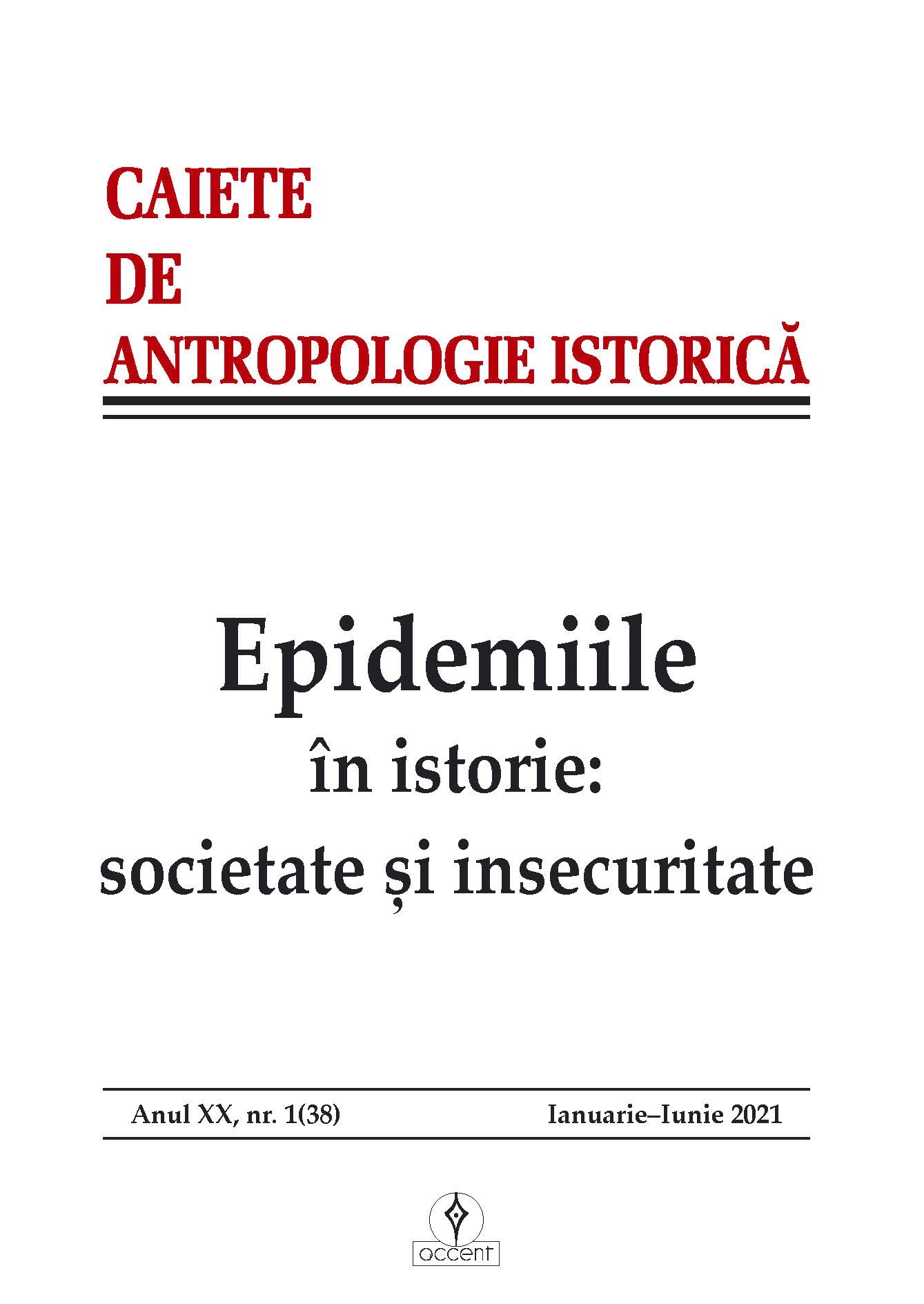Combaterea epidemiilor în Severinul primelor două decenii ale secolului al XX-lea
Fighting epidemics in Severin of the first two decades of the 20th century
Author(s): Irinela BordeaSubject(s): Local History / Microhistory, Social history, Health and medicine and law, Pre-WW I & WW I (1900 -1919)
Published by: Accent Publisher
Keywords: Turnu-Severin; epidemics; fighting contagious diseases; hygiene; Sanitary Service;
Summary/Abstract: The isolation of contagious patients, and the application of measures to prevent and combat epidemics were the objectives of several institutions that functioned over time in Turnu-Severin, from the first health institution, Carantina, established in 1836, immediately after the founding of the modern city, until the health institutions from the beginning of the twentieth century, the Hygiene Council and the Sanitary Service of the city. How did the city’s administrative and health authorities act to combat the epidemics? Before the First World War, municipalities adopted a series of measures to prevent and control epidemics arising from the laws and regulations in force on these issues. Taking into account his duties regarding hygiene and public sanitation enshrined in the laws on the organization of communes, in 1912 and 1913, the mayor of Turnu-Severin, Dr. C. Gruescu, issued ordinances containing measures to combat typhoid fever and cholera. Together with the city’s doctor, Dr. Anghel Daniel, and the Hygiene Council, in 1913 they took measures to prevent the spread of cholera in the city, in the context of quarantine near the city of Turnu-Severin of demobilized soldiers who came from Bulgaria after the Second Balkan War, where cholera haunted. Between 1916–1918, the German occupation authorities mobilized the local Romanian authorities and the population to comply with the provisions of the ordinances issued in order to maintain hygiene and prevent epidemics. After the First World War, mayors such as Marius Vorvoreanu, P. C. Nistor, Lt.-Colonel Foltzer asked the population of Turnu-Severin to observe several measures to stop the spread of typhoid fever, smallpox, typhus, scarlet fever. Among these measures, established together with the Hygiene Council and the chief doctors of the city that ran the Sanitary Service, were the following: maintaining cleanliness, banning crowds, whether it was about fairs, celebrations, cinema activities, suspension for short time of school classes, compliance with the rules on the transport of contagious patients to the hospital, vaccination of the population. The measures adopted by the administrative and health authorities of the city of Turnu-Severin and the response of the population prevented the mass spread of contagious diseases in the city in the first two decades of the twentieth century.
Journal: Caiete de Antropologie Istorică
- Issue Year: 2021
- Issue No: 38
- Page Range: 94-111
- Page Count: 18
- Language: Romanian

